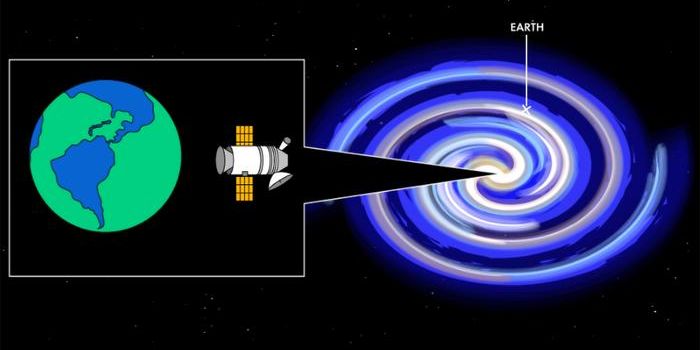Juno Reveals the Astonishing Depth of Jupiter's Atmospheric Storms
When NASA’s Juno probe successfully inserted itself into orbit around Jupiter on Independence Day in 2016, no one was entirely sure what we’d find. To date, Juno has collected loads of information and helped planetary scientists lift the veil on Jupiter’s seemingly-endless secrets.
Despite all that we’ve learned since Juno’s arrival at the Jovian system, many questions remain. One particular area of interest for planetary scientists is the planet’s atmosphere, which appears to be chock full of swirling vortices that have existed as long as we can remember.
Image Credit: NASA/JPL-Caltech/SwRI/ASI/INAF/JIRA
While we’ve known about these atmospheric storms for decades, experts have long pondered about how far into Jupiter’s atmosphere they extend. Fortunately, new gravitational measurements captured by Juno are playing an instrumental role in answering this question. The findings appear in one of four related papers published in the journal Nature this month.
Citing an official NASA statement, planetary scientists discerned asymmetries in the planet’s gravitational field while perusing through Juno’s raw data, and these would only be possible on a gas planet if jet streams reached far below the visible surface.
“On a gas planet, such an asymmetry can only come from flows deep within the planet; and on Jupiter, the visible eastward and westward jet streams are likewise asymmetric north and south,” the space agency wrote.
“The deeper the jets, the more mass they contain, leading to a stronger signal expressed in the gravity field. Thus, the magnitude of the asymmetry in gravity determines how deep the jet streams extend.”
Related: Juno flies over Jupiter's Great Red Spot
The latest data implies that Jupiter’s weather layer reaches a maximum depth of 1,900 miles, further than anyone initially thought. Consequently, this means that Jupiter’s weather layer accounts for almost 1% of the planet’s entire mass.
“By contrast, Earth’s atmosphere is less than one-millionth of the total mass of Earth,” explained Yohai Kaspi, lead author of the study. “The fact that Jupiter has such a massive region rotating in separate east-west bands is definitely a surprise.”
Experts admit that we still have much to learn about the driving mechanisms behind Jupiter’s awe-inspiring atmospheric storms, but some additional digging could help answer the remaining questions. Fortunately, Juno will be around for a little while longer.
Source: NASA









